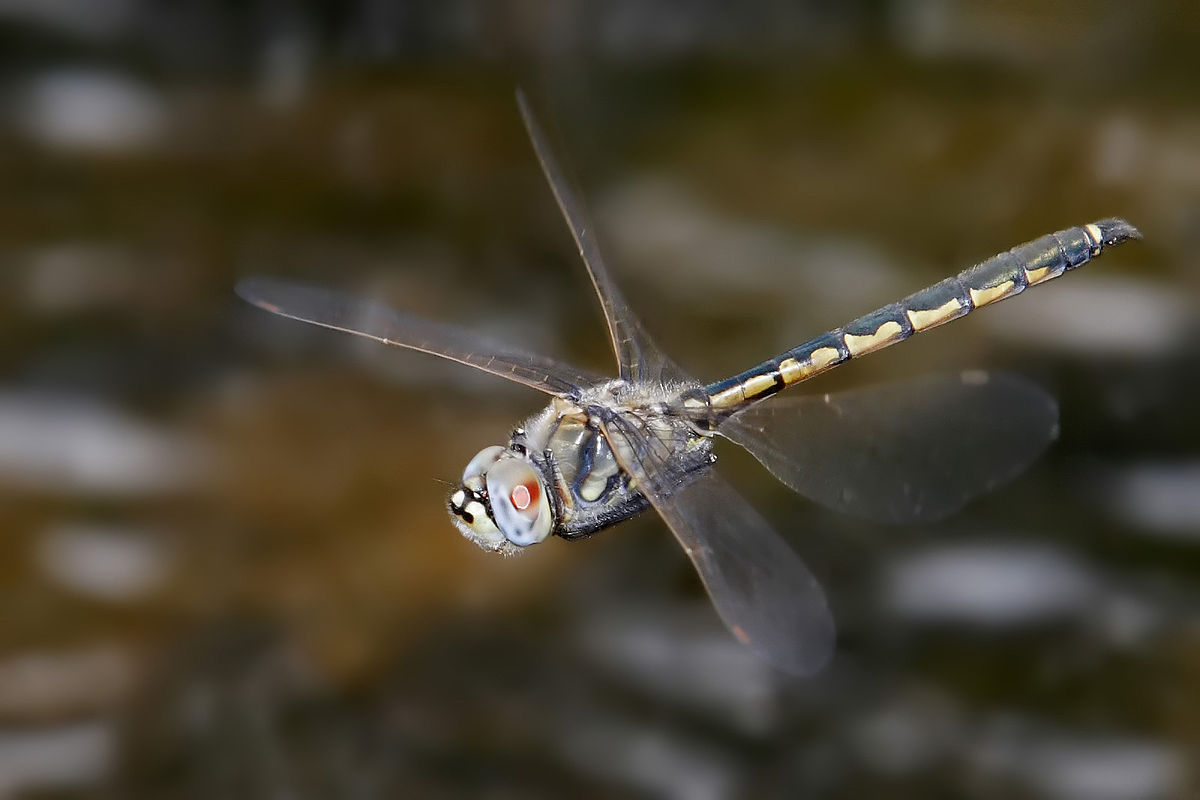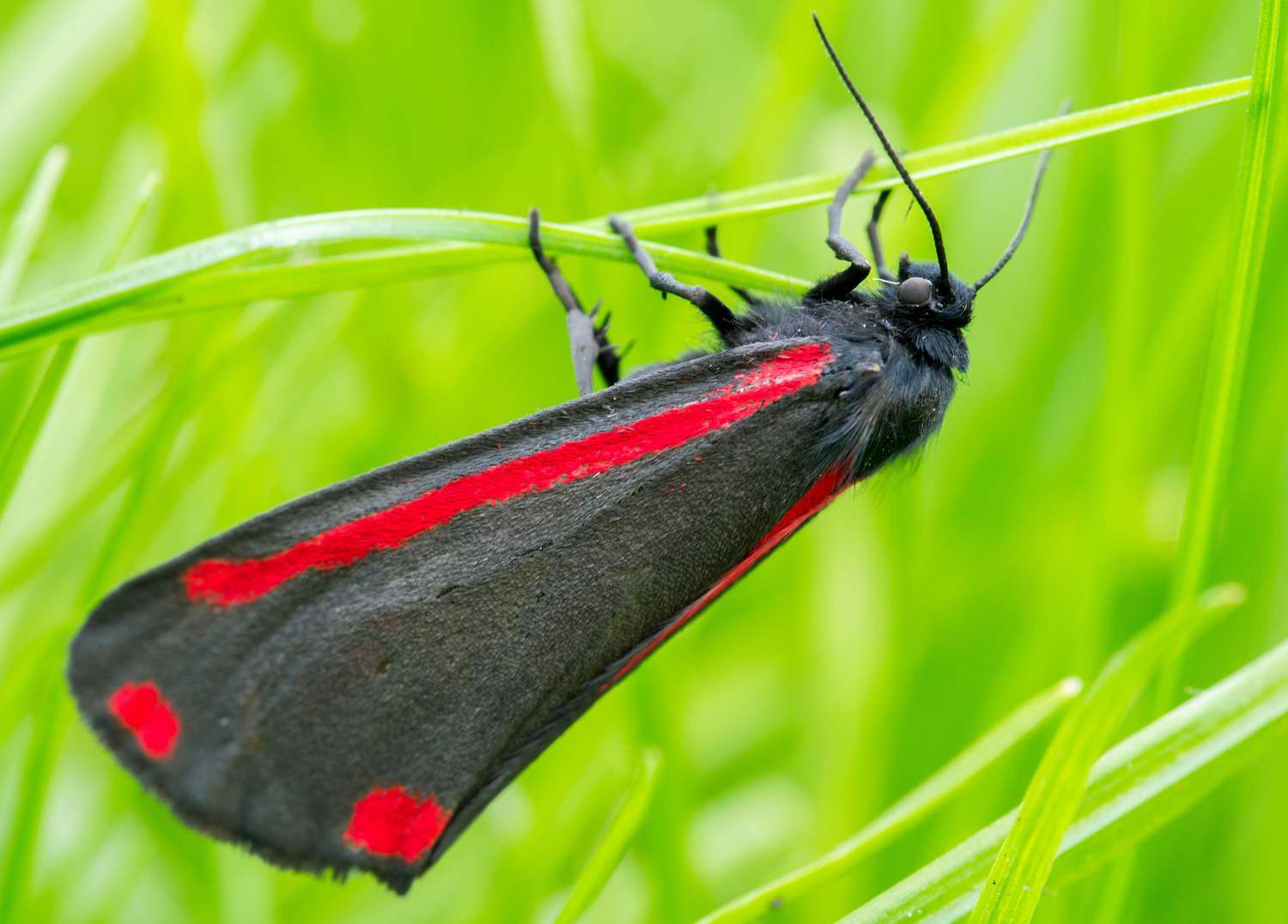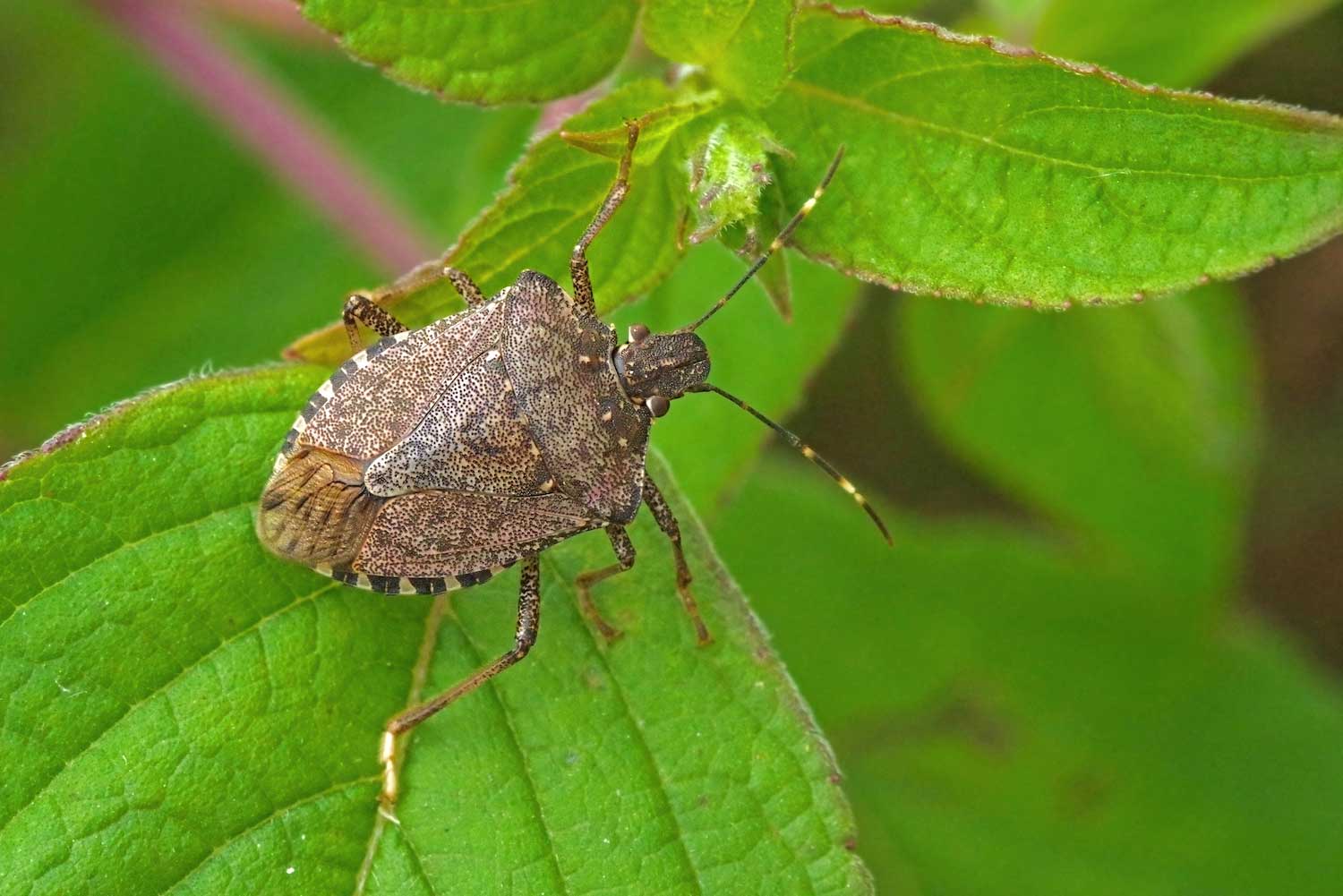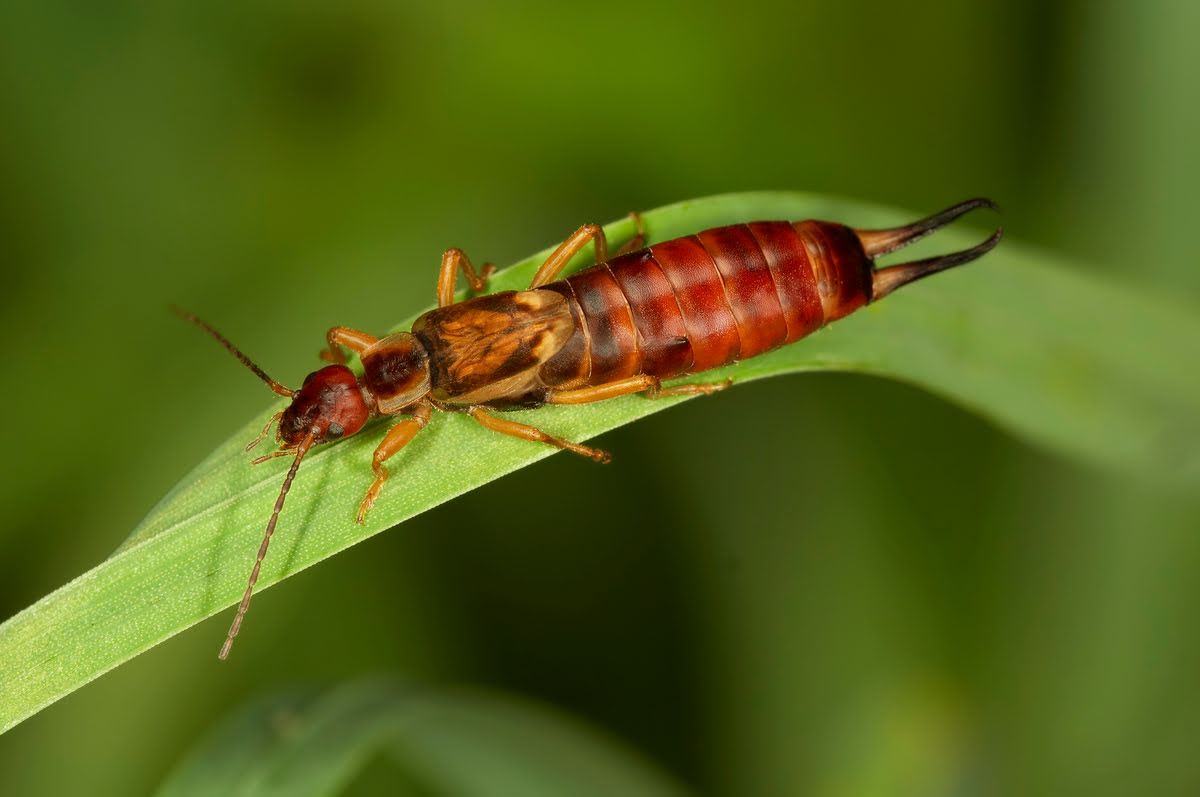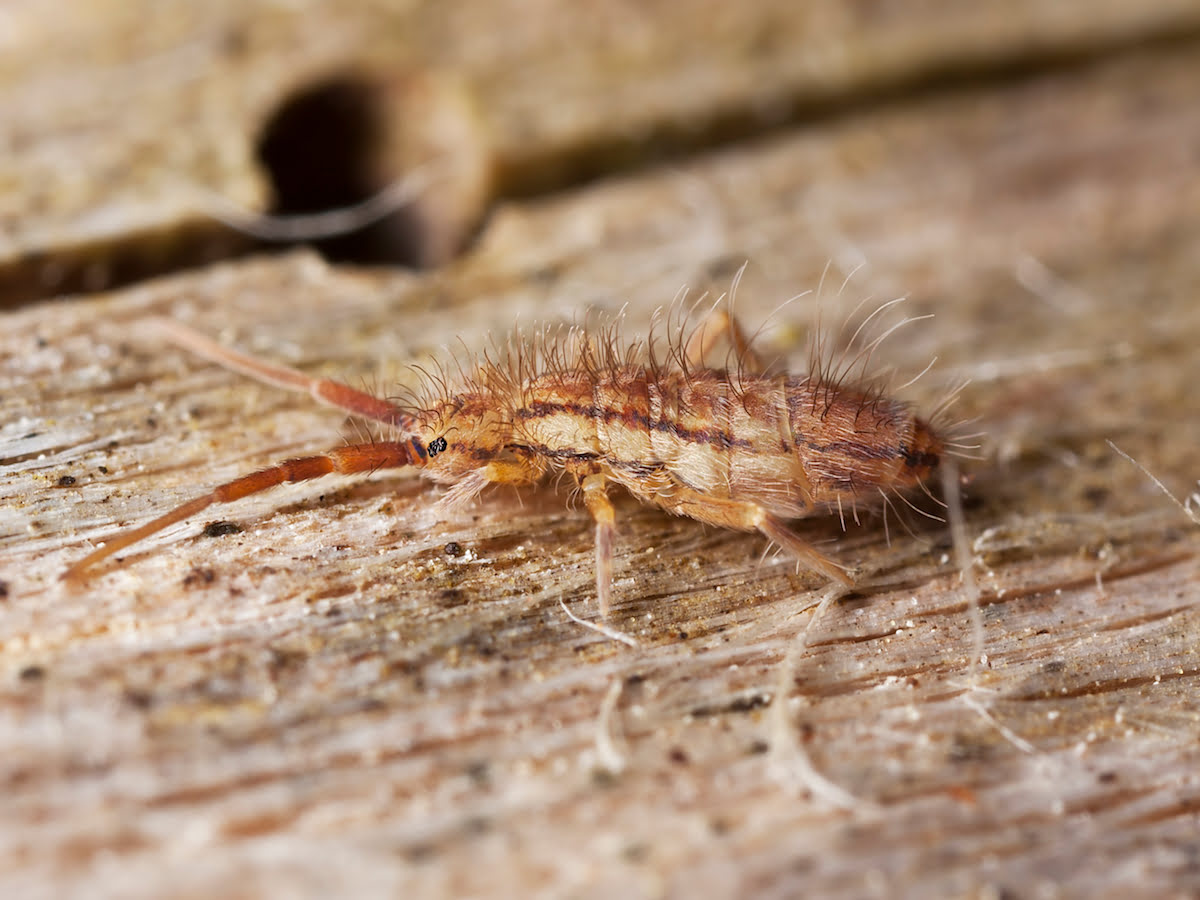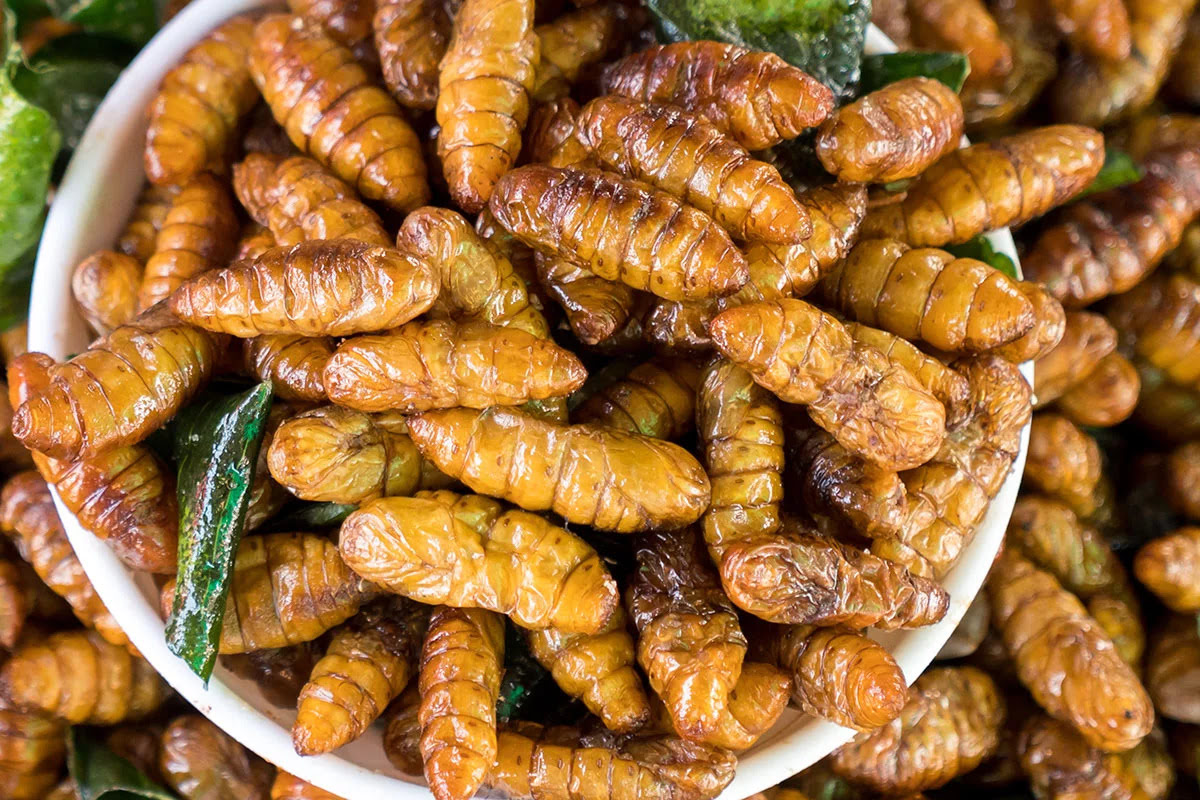Home>Gardening News and Trends>Latest News>What Insects Bite
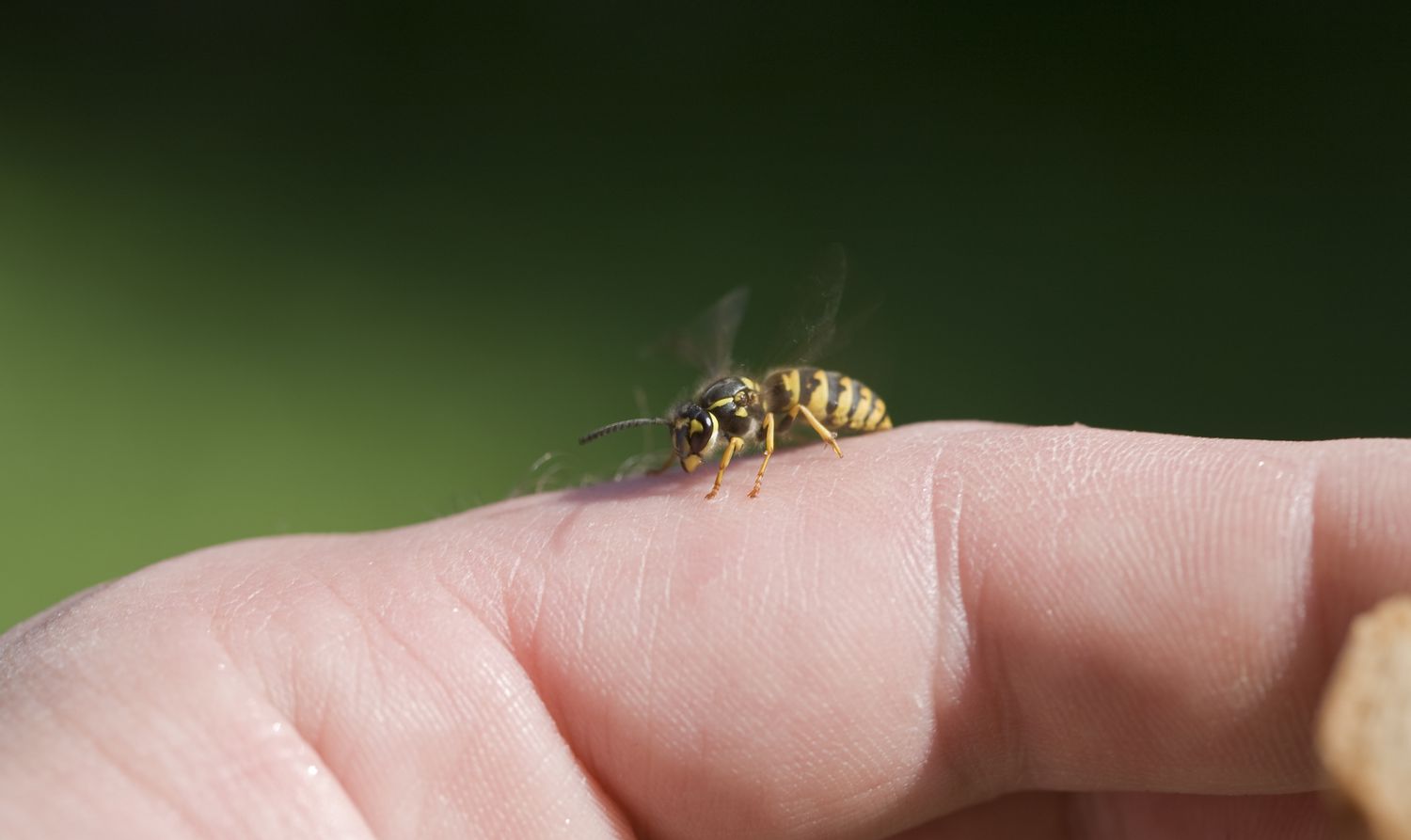

Latest News
What Insects Bite
Modified: January 22, 2024
Stay informed with the latest news on what insects bite. Discover common biting insects and how to protect yourself from their bites.
(Many of the links in this article redirect to a specific reviewed product. Your purchase of these products through affiliate links helps to generate commission for Chicagolandgardening.com, at no extra cost. Learn more)
Introduction
When it comes to outdoor activities or even just relaxing at home, encountering insects is quite inevitable. While some insects simply buzz around harmlessly, there are those that have a rather unpleasant habit of biting humans. These pesky creatures can cause irritation, pain, and sometimes even transmit diseases.
Understanding the different types of insects that bite is crucial for protecting ourselves and taking the necessary precautions. In this article, we will explore some of the most common biting insects and delve into their characteristics, behaviors, and potential health risks. From mosquitoes to spiders, we’ll cover it all.
It’s important to note that while insects bite for various reasons, their bites can elicit a range of reactions from mild itchiness to severe allergic reactions. The intensity of the bite and accompanying symptoms can vary depending on individual reactions and the type of insect. Therefore, it’s crucial to be aware of these insects and take steps to minimize the risks associated with their bites.
So, if you’ve ever wondered about those irritating itchy bites or are simply curious about the insect world, then read on to learn more about the insects that bite and how to protect yourself against them.
Throughout this article, we will discuss the following biting insects:
Mosquitoes
Mosquitoes are notorious for their itchy and annoying bites. These small insects belong to the Culicidae family and are found in almost every region of the world. The female mosquitoes are the ones that bite, as they require a blood meal to develop their eggs.
When a mosquito bites, it injects saliva into the skin to prevent blood clotting. It is this saliva that triggers an immune response in humans, leading to the characteristic red and itchy welt that we associate with mosquito bites. In addition to being irritating, mosquitoes can also transmit serious diseases such as malaria, dengue fever, Zika virus, and West Nile virus.
Preventing mosquito bites can be achieved through a combination of tactics, including using mosquito repellent containing DEET, wearing long-sleeved clothing and pants, avoiding peak mosquito activity times (usually dawn and dusk), and ensuring your living space is protected with screens or mosquito nets.
If you’ve already been bitten, resist the urge to scratch, as this can lead to further irritation and increase the risk of infection. Instead, apply a calamine lotion or a topical anti-itch cream to alleviate itching. Using ice packs or cold compresses can also provide temporary relief.
While mosquitoes can certainly be a nuisance, it’s important to remember that they play a role in the ecosystem, serving as a food source for many animals. However, taking necessary precautions and protecting yourself from their bites is essential to avoid any potential health risks.
So, the next time you’re spending time outdoors, be aware of these pesky little insects and take the necessary steps to keep them at bay.
Bedbugs
Bedbugs are small, wingless insects that feed on the blood of humans and animals, primarily at night. They are known for infesting bedding, furniture, and other areas where people rest or sleep, hence their name. Unlike mosquitoes, bedbugs do not fly or jump but rely on crawling to reach their human hosts.
Bedbug bites are typically painless at first but can develop into itchy, red welts. The bites often appear in a linear pattern or clusters on exposed skin areas, such as the face, neck, arms, and legs. While bedbug bites are generally harmless and do not transmit diseases, they can cause sleep disturbances, anxiety, and skin irritation.
Getting rid of bedbugs can be a challenging task, as they are known to be resilient and can hide in tiny crevices. If you suspect an infestation, it’s crucial to take immediate action. This may involve washing infested bedding and clothing in hot water, vacuuming the affected areas, and using insecticides or contacting a pest control professional for more severe cases.
To prevent bedbug infestations, it is important to be cautious when traveling to avoid bringing them home with you. Inspect hotel rooms for any signs of bedbugs, such as bloodstains or tiny black spots on bedding or furniture. Additionally, regularly vacuuming your mattress, using protective covers, and minimizing clutter can help reduce the risk of an infestation.
If you suspect you have been bitten by bedbugs or have an infestation in your home, it is advisable to seek professional help. They can assess the situation and provide effective methods to eliminate these persistent pests from your living space.
Remember, while bedbug bites may be a nuisance, they can be dealt with by taking swift action and implementing preventive measures to keep these unwelcome guests at bay.
Fleas
Fleas are small, wingless insects that are known for their ability to jump long distances. While they primarily infest animals such as dogs and cats, fleas can also bite humans. These tiny pests have sharp mouths and feed on the blood of their hosts.
Flea bites typically appear as small, red and itchy bumps, often accompanied by a raised, swollen halo around the bite. They commonly occur on areas of the body that are exposed or in close proximity to areas infested by fleas, such as the ankles, lower legs, and waistline.
Aside from the itching and discomfort caused by flea bites, these pesky insects can also transmit diseases such as murine typhus and bubonic plague. Therefore, it is crucial to take preventive measures to avoid flea infestations and bites.
If you have pets, regular grooming, flea treatments, and keeping their bedding clean can help prevent fleas from infesting your home. Vacuuming frequently and washing pet bedding in hot water can also eliminate fleas and their eggs from your living environment.
If you suspect a flea infestation, it is important to contact a professional pest control service to effectively eradicate the problem. They can provide proper treatment to eliminate fleas from your home and help prevent future infestations.
When it comes to flea bites, resist the urge to scratch, as it can lead to skin infections. Instead, apply over-the-counter anti-itch creams or lotions to alleviate the itching. If symptoms persist or worsen, it is advisable to seek medical advice.
By taking proactive measures to prevent flea infestations and promptly addressing any issues, you can protect yourself and your pets from the discomfort and potential health risks associated with flea bites.
Ticks
Ticks are arachnids that are commonly found in grassy, wooded areas and can attach themselves to humans and animals. These small, blood-sucking parasites are known for transmitting various diseases, such as Lyme disease, Rocky Mountain spotted fever, and tick-borne encephalitis.
Tick bites are often painless, making them difficult to detect. The bite site may appear as a small red bump and can become itchy or develop a rash. It is important to note that not all ticks carry diseases, but it’s essential to remove them properly and monitor for any symptoms after being bitten.
To remove a tick, use fine-tipped tweezers and grasp it as close to the skin’s surface as possible. Pull upward with a steady motion, ensuring you do not squeeze or crush the tick. Clean the bite area with antiseptic and wash your hands thoroughly afterwards.
Preventing tick bites is crucial, particularly if you live in or are visiting areas where ticks are prevalent. Wear long-sleeved shirts, long pants, and closed-toe shoes when venturing into tick-infested areas. Apply insect repellents that specifically target ticks, and consider treating clothing and gear with permethrin.
After spending time outdoors, thoroughly check your body and clothing for ticks. Pay close attention to areas such as the scalp, behind the ears, under the arms, and around the waistband. Promptly remove any attached ticks to minimize the risk of infection.
If you experience symptoms such as fever, headache, fatigue, or a spreading rash following a tick bite, seek medical attention promptly. Early detection and treatment of tick-borne illnesses are crucial for a positive outcome.
By taking preventive measures, practicing proper tick removal techniques, and being aware of the potential risks, you can reduce the chances of tick bites and protect yourself from tick-borne diseases.
Flies
Flies are a common annoyance in many parts of the world. While they may not bite in the same way as mosquitoes or fleas, they can still cause discomfort and potential health risks. Flies are attracted to food sources and can spread bacteria and diseases by landing on surfaces and then landing on people or food.
There are various types of flies, such as house flies, fruit flies, and stable flies, each with its own habits and preferences. House flies, for example, are often found in and around homes, particularly in areas where there is exposed food or garbage. Fruit flies tend to be attracted to ripe or decaying fruits and vegetables.
Although flies do not bite like mosquitoes, they can still cause annoyance and disruption. Flies buzzing around can be a distraction and can contaminate food surfaces with bacteria from their legs and bodies.
Preventing flies from becoming a nuisance involves proper sanitation and hygiene practices. It’s important to keep food stored properly, clean up spills and food remnants promptly, and ensure that garbage bins are tightly sealed. Installing screens on windows and doors can also help prevent flies from entering living spaces.
If you find yourself dealing with a fly infestation, there are several methods you can employ to get rid of them. Fly traps, insecticides, or consulting with a pest control professional are all viable options for managing fly populations.
Remember to maintain good hygiene, keep food properly covered, and promptly dispose of any organic waste to minimize the presence of flies and reduce the risk of contamination. By taking these preventive measures, you can make your living space less appealing to flies and reduce the chances of encountering their pesky presence.
Ants
Ants are social insects that can be found in a wide range of habitats, from forests to urban areas. While ants typically do not bite, there are certain species that have a tendency to bite humans when they feel threatened or their nests are disturbed.
Ant bites can range from mildly irritating to painful, depending on the species and individual reaction. Common symptoms of ant bites include redness, itching, and the formation of small raised bumps at the site of the bite.
It’s important to note that, in most cases, ant bites are relatively harmless and do not pose any significant health risks. However, some people may experience allergic reactions to ant bites, which can manifest as severe swelling, difficulty breathing, or even anaphylaxis. If you have a severe allergic reaction to an ant bite, seek medical attention immediately.
To prevent ant bites, it’s crucial to minimize attractants in and around your home. Keep your living area clean and free of crumbs or food debris that can attract ants. Seal cracks and crevices where ants can enter, and consider using ant baits or deterrents to keep them at bay.
In the event that you get bitten by an ant, the first step is to wash the affected area with mild soap and warm water. Applying a cold compress or ice pack can help reduce swelling and alleviate pain. Over-the-counter antihistamines or topical creams can also provide relief from itching.
Dealing with ant infestations can be challenging, as ants are highly social insects with complex colony structures. In some cases, it may be necessary to consult with a pest control professional to effectively eliminate the ant colony and prevent future infestations.
By maintaining a clean living environment, sealing entry points, and taking immediate action in the presence of ants, you can reduce the risk of ant bites and keep these tiny intruders at bay.
Bees and Wasps
Bees and wasps are flying insects that are commonly encountered outdoors. While both bees and wasps have stingers, their behavior and level of aggressiveness differ.
Bees play a vital role in pollination and are generally not aggressive unless provoked. They typically sting as a defense mechanism when they feel threatened. Bee stings can be painful and leave a stinger embedded in the skin, which should be removed carefully to prevent further venom release.
Wasps, on the other hand, can be more aggressive and may sting in response to perceived threats or when defending their nests. Their stingers do not become embedded in the skin, so multiple stings are possible. Wasp stings can also be painful and can cause allergic reactions in susceptible individuals.
If you are stung by a bee or wasp, the first step is to remove the stinger if present. Gently scrape the skin surface with a flat object to detach the stinger and avoid squeezing it, as this can release more venom. Clean the area with mild soap and water, and apply a cold compress or ice pack to reduce swelling and soothe the pain.
If you have a known allergy to bee or wasp stings, it is important to carry necessary medication, such as an epinephrine auto-injector, and seek immediate medical attention if stung. Allergic reactions can manifest as difficulty breathing, swelling of the face or throat, dizziness, or a rapid heartbeat, and can be life-threatening.
To minimize the risk of getting stung by bees or wasps, take precautions when spending time outdoors. Avoid wearing bright-colored clothing and sweet-smelling perfumes or lotions, as these can attract them. Stay calm and still if a bee or wasp is nearby, as sudden movements can provoke an attack.
When encountering a nest or hive, it is best to keep a safe distance and contact a professional pest control service for removal. Attempting to remove or disturb a nest can result in a swarm of stinging insects and increase the chances of getting stung.
While bees and wasps may be associated with stings, it’s important to remember their importance in pollination and maintaining ecosystems. By respecting their space and taking necessary precautions, we can coexist with these buzzing insects.
Spiders
Spiders are arachnids that come in a wide variety of shapes, sizes, and colors. While most spiders are harmless and play a beneficial role in controlling insect populations, there are a few species that can deliver venomous bites. However, it’s important to note that spiders usually only bite if they feel threatened.
The severity of spider bites can vary depending on the species and individual reaction. Most spider bites result in mild symptoms such as redness, swelling, and itching at the site of the bite. However, in rare cases, certain spider bites can cause more serious reactions that require medical attention.
Two well-known venomous spiders are the black widow and the brown recluse. Black widow bites can cause muscle pain, cramping, and nausea, while brown recluse bites may result in a necrotic wound, with tissue damage and potential scarring.
Preventing spider bites can be accomplished by taking several measures. Keep your living space clean and clutter-free to minimize hiding places for spiders. Seal cracks and crevices where spiders can enter. Shake out shoes, clothing, and bedding before use, particularly if they have been stored for some time.
If you are bitten by a spider, identify the spider if possible, as it can help medical professionals determine the appropriate treatment. Clean the bite area with mild soap and water, and apply a cold compress to reduce any swelling. Over-the-counter pain relievers and topical creams can also provide relief.
If a spider bite causes severe symptoms or you suspect that you have been bitten by a venomous spider, seek medical attention immediately. Medical professionals can provide appropriate care, monitor for any complications, and administer antivenom if necessary.
It’s important to remember that the majority of spiders are harmless and beneficial. By understanding their behavior, taking preventive measures, and exercising caution when encountering spiders, you can coexist with these fascinating creatures while minimizing the risk of bites.
Conclusion
Insects that bite can be a nuisance and, in some cases, pose potential health risks. It’s important to be aware of these biting insects and take the necessary precautions to protect ourselves.
Mosquitoes, bedbugs, fleas, ticks, flies, ants, bees, wasps, and spiders are some of the common biting insects we may encounter. Understanding their behaviors, characteristics, and potential health risks can help us minimize the chances of being bitten.
Preventive measures such as using insect repellents, wearing protective clothing, keeping living spaces clean and clutter-free, and regularly checking for signs of infestations can go a long way in reducing the risk of bites from these insects.
If you do get bitten, it’s important to treat the symptoms appropriately. Avoid scratching, as it can lead to further complications. Instead, apply topical creams, use cold compresses, or seek medical advice if necessary, depending on the severity of the bite.
Remember that each insect serves a purpose in the ecosystem, and it’s important to strike a balance between protecting ourselves and respecting their role in nature. By being informed, practicing preventative measures, and understanding how to respond to bites, we can coexist with these biting insects while minimizing the risks they pose.
So, the next time you venture outdoors or encounter insects in your home, take the necessary steps to protect yourself and ensure a safe and comfortable environment for you and your loved ones.
